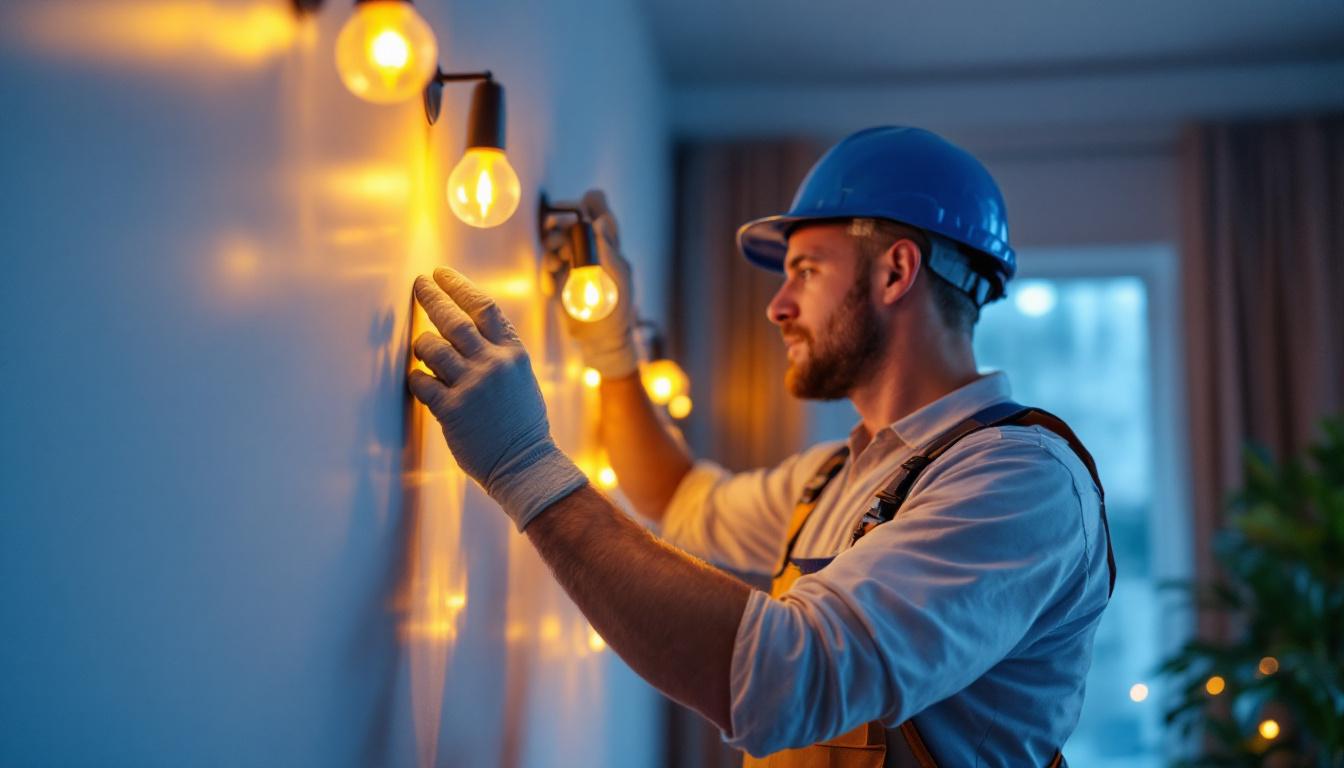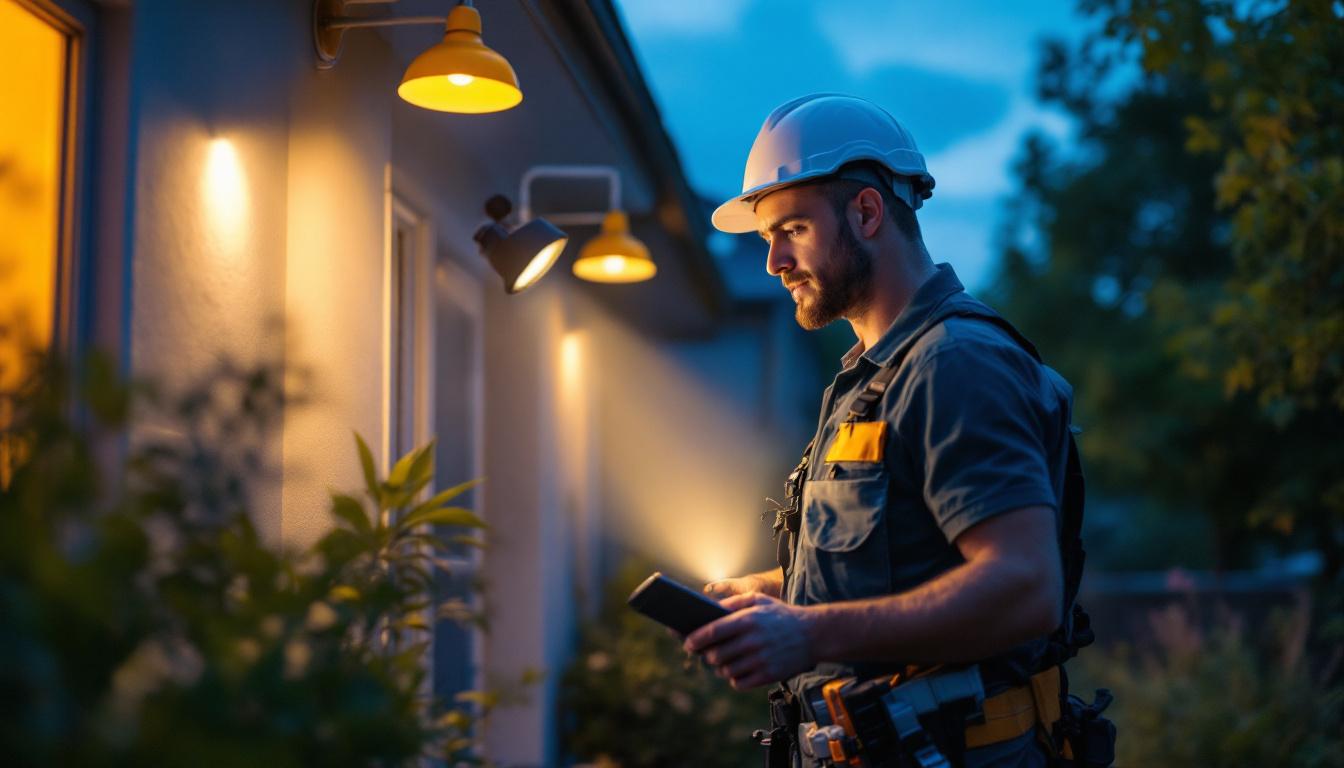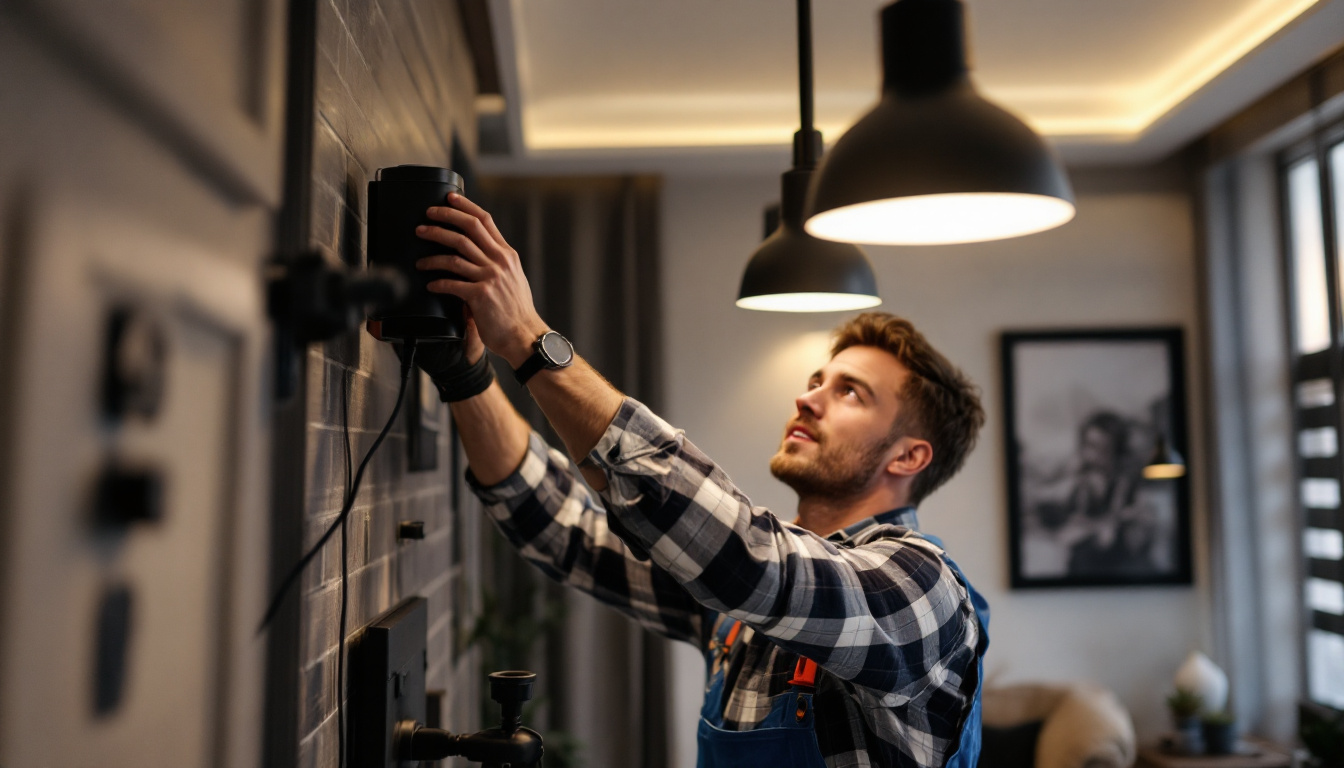
LED up lighting has become a staple in modern lighting design, offering versatility, energy efficiency, and aesthetic appeal. For lighting contractors, mastering the nuances of LED up lighting is essential to delivering projects that meet client expectations while optimizing performance and cost.
At its core, LED up lighting involves fixtures positioned on the ground or low surfaces that project light upwards, accentuating walls, architectural features, or landscaping elements. This technique creates dramatic effects, enhances spatial perception, and adds ambiance to both indoor and outdoor environments.
Contractors must appreciate the technical and design aspects of LED up lighting to provide solutions that are both functional and visually appealing. This includes understanding fixture types, beam angles, color temperatures, control options, and installation best practices.
In addition to the technical specifications, contractors should also consider the psychological impact of lighting on occupants. For instance, warm color temperatures can create a cozy and inviting atmosphere, making spaces feel more intimate, while cooler temperatures can evoke a sense of modernity and cleanliness. Furthermore, the strategic use of up lighting can influence how spaces are perceived; for example, illuminating a textured wall can add depth and interest, transforming a mundane area into a focal point. By leveraging these insights, contractors can tailor their lighting designs to enhance the overall experience of a space.
Moreover, the integration of smart technology into LED up lighting systems is revolutionizing the way contractors approach design and installation. With the advent of smart controls, users can easily adjust brightness levels, change colors, and even schedule lighting scenes to match their lifestyle or mood. This not only adds a layer of convenience but also allows for greater energy savings, as lights can be programmed to turn off when not in use. As contractors become more familiar with these advanced technologies, they can offer clients innovative solutions that elevate their projects and set them apart in a competitive market.
LED up lighting fixtures come in various forms such as wall washers, spotlights, and floodlights. Selecting the appropriate fixture depends on the intended effect and the surface to be illuminated. For example, wall washers are ideal for evenly lighting large vertical surfaces, while spotlights can highlight specific architectural details. In addition to these common types, there are also linear LED fixtures that can provide a sleek, modern look while illuminating long stretches of walls or pathways. These fixtures are particularly effective in outdoor settings, where they can be mounted along walkways or used to accentuate landscape features.
Contractors should also consider fixture durability, especially for outdoor installations. IP ratings indicating water and dust resistance are crucial to ensure longevity. Fixtures with IP65 or higher are typically recommended for exterior applications exposed to weather. Furthermore, selecting materials that can withstand UV exposure and temperature fluctuations can enhance the lifespan of the fixtures. For instance, aluminum housings with powder-coated finishes are not only aesthetically pleasing but also resistant to corrosion, making them an excellent choice for coastal areas where salt air can be a concern.
The beam angle of an LED fixture determines how the light spreads. Narrow beams focus light on a small area, creating sharp highlights, whereas wide beams provide broader coverage for softer illumination. Understanding beam angles helps contractors achieve the desired balance between accentuation and ambient lighting. Moreover, the height at which fixtures are mounted can also influence the effectiveness of the beam angle. Higher installations may require wider beam angles to ensure adequate coverage of the intended area, while lower placements can utilize narrower beams for more concentrated effects.
For instance, a 15° beam angle is suitable for highlighting columns or statues, while a 60° angle works well for washing entire walls. Combining fixtures with different beam angles can add depth and dimension to a space. Additionally, using adjustable fixtures that allow for tilting and rotation can further enhance versatility, enabling contractors to fine-tune the lighting as needed for various events or seasonal changes. This adaptability is particularly beneficial in spaces that host diverse activities, from art exhibitions to outdoor gatherings.
Color temperature, measured in Kelvins (K), significantly influences the mood created by LED up lighting. Warm white (2700K-3000K) evokes a cozy and inviting atmosphere, ideal for residential or hospitality settings. Neutral white (3500K-4100K) offers a balanced, natural look suited for commercial spaces. Cool white (5000K and above) provides crisp, modern illumination often used in retail or industrial environments. Understanding the psychological effects of color temperature can help contractors make informed decisions that enhance the overall experience of a space. For example, warmer tones can encourage relaxation and social interaction, while cooler tones can promote focus and productivity.
Lighting contractors should consult with designers and clients to select color temperatures that complement the space’s function and style. Additionally, tunable white LEDs allow for adjustable color temperatures, offering flexibility for dynamic environments. This feature is particularly advantageous in multi-use venues, where the lighting can be modified to suit different events or times of day. Moreover, incorporating color-changing LEDs can introduce an element of creativity, allowing spaces to transform dramatically with the push of a button, making them more engaging and versatile for various occasions.
Before installation, a thorough site assessment is critical. Contractors should evaluate the physical environment, noting surface materials, mounting options, power availability, and potential obstructions. This information guides fixture placement and wiring strategies to optimize lighting effects and minimize maintenance challenges.
Planning should also account for future accessibility. Concealing wiring and fixtures is desirable for aesthetics, but access panels or removable covers facilitate repairs and upgrades without extensive disruption.
LED fixtures require low-voltage DC power, typically 12V or 24V, supplied through transformers or drivers. Proper sizing of transformers is essential to handle the total wattage of connected fixtures with a safety margin to prevent overloads.
Contractors must adhere to electrical codes and standards, ensuring secure connections, proper grounding, and protection against moisture ingress. Using weatherproof connectors and conduit in outdoor installations enhances safety and longevity.
Correct mounting ensures the intended beam direction and lighting effect. Fixtures should be securely anchored to stable surfaces, with adjustments made to achieve precise aiming. Adjustable brackets or gimbals facilitate fine-tuning during and after installation.
For outdoor up lighting, embedding fixtures in the ground with protective housings prevents damage from foot traffic or landscaping activities. In interior applications, discreet mounting within coves or behind architectural elements maintains clean sightlines.
LED technology inherently offers superior energy efficiency compared to traditional lighting. However, contractors can further enhance savings by selecting fixtures with high luminous efficacy (lumens per watt) and incorporating smart controls.
Specifying dimmable LEDs and integrating occupancy sensors or daylight harvesting systems reduces energy consumption during low-use periods. These strategies not only lower operational costs but also extend fixture lifespan by minimizing run-time.
Modern LED up lighting systems often incorporate digital controls such as DMX, DALI, or wireless protocols like Zigbee and Bluetooth. These enable precise control over brightness, color temperature, and scene setting, enhancing user experience and design flexibility.
Contractors should stay informed about emerging control technologies and compatibility with existing building management systems. Proper commissioning and programming are vital to ensure reliable operation and ease of use for clients.
Routine maintenance extends the life of LED up lighting installations. Contractors should advise clients on cleaning fixtures to remove dust and debris, inspecting wiring for wear, and verifying control system functionality.
Common troubleshooting includes checking for flickering lights, which may indicate power supply issues, or uneven illumination caused by misaligned fixtures. Providing clients with clear documentation and support contacts facilitates prompt resolution of any problems.
LED up lighting continues to evolve with design trends emphasizing minimalism, dynamic color effects, and integration with architectural elements. Contractors who understand these trends can offer innovative solutions that elevate project outcomes and client satisfaction.
Examples include using RGB or RGBW LEDs for customizable color schemes, layering up lighting with other light sources for depth, and employing fixtures with sleek, unobtrusive profiles.
Successful projects depend on clear communication with clients. Lighting contractors should educate clients on the benefits and limitations of LED up lighting, helping them set realistic expectations regarding cost, installation complexity, and maintenance.
Visual aids such as renderings, mock-ups, or sample fixtures can assist in conveying design concepts. Additionally, discussing energy savings and environmental impact appeals to clients’ growing interest in sustainability.
LED up lighting offers lighting contractors a powerful tool to enhance spaces with energy-efficient, versatile illumination. By selecting appropriate fixtures, adhering to best installation practices, leveraging advanced controls, and engaging clients effectively, contractors can deliver outstanding results that blend functionality and aesthetics.
Staying current with technological advances and design trends ensures that lighting professionals remain competitive and capable of meeting the evolving demands of the industry. With these quick tips, contractors are well-equipped to harness the full potential of LED up lighting in their projects.
Ready to elevate your lighting projects with the efficiency and elegance of LED up lighting? At LumenWholesale, we provide lighting contractors with the highest quality, spec-grade lighting products at unbeatable wholesale prices. Say goodbye to local distributor markups and hello to our extensive selection that meets rigorous industry standards. With LumenWholesale, you get the reliability and performance you need, paired with the convenience of free shipping on bulk orders. Don’t compromise on quality or value—choose LumenWholesale for your next project. Discover the perfect blend of quality, affordability, and convenience today by visiting Wholesale Lighting at the Best Value.

Discover effective strategies for lighting contractors to tackle common challenges with small flood lights.

Discover the ultimate guide to gooseneck lights with insights from top lighting contractors.

Discover how LED lights in black are revolutionizing the lighting industry for contractors.

Discover how round hanging lamps are revolutionizing lighting contractors’ projects by enhancing aesthetics, optimizing light distribution, and offering versatile design solutions.